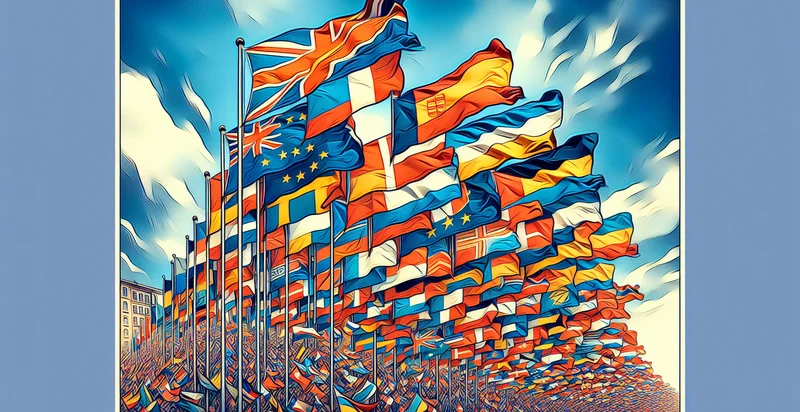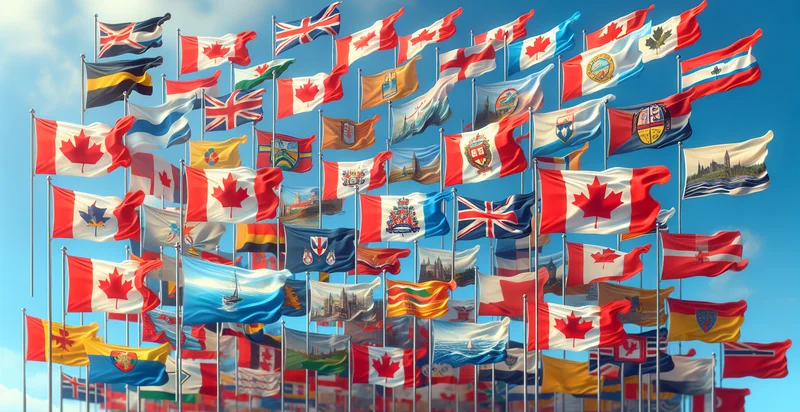Identify european city flags
using AI
Below is a free classifier to identify european city flags. Just upload your image, and our AI will predict the flag of a European city. - in just seconds.

Contact us for API access
Or, use Nyckel to build highly-accurate custom classifiers in just minutes. No PhD required.
Get started
import nyckel
credentials = nyckel.Credentials("YOUR_CLIENT_ID", "YOUR_CLIENT_SECRET")
nyckel.invoke("european-city-flags-identifier", "your_image_url", credentials)
fetch('https://www.nyckel.com/v1/functions/european-city-flags-identifier/invoke', {
method: 'POST',
headers: {
'Authorization': 'Bearer ' + 'YOUR_BEARER_TOKEN',
'Content-Type': 'application/json',
},
body: JSON.stringify(
{"data": "your_image_url"}
)
})
.then(response => response.json())
.then(data => console.log(data));
curl -X POST \
-H "Content-Type: application/json" \
-H "Authorization: Bearer YOUR_BEARER_TOKEN" \
-d '{"data": "your_image_url"}' \
https://www.nyckel.com/v1/functions/european-city-flags-identifier/invoke
How this classifier works
To start, upload your image. Our AI tool will then predict the flag of a European city..
This pretrained image model uses a Nyckel-created dataset and has 34 labels, including Amsterdam, Athens, Austin, Belgrade, Berlin, Berne, Bratislava, Brussels, Budapest and Chisinau.
We'll also show a confidence score (the higher the number, the more confident the AI model is around the flag of a European city.).
Whether you're just curious or building european city flags detection into your application, we hope our classifier proves helpful.
Related Classifiers
Need to identify european city flags at scale?
Get API or Zapier access to this classifier for free. It's perfect for:
- Tourism Promotion: Tourism boards can use the image classification function to enhance marketing campaigns focused on European cities. By accurately identifying city flags in promotional materials, they can create engaging content that resonates with potential visitors and showcases local pride.
- Educational Tools for Schools: Educational institutions can incorporate this classification function into their geography and history curricula. By allowing students to learn and identify European city flags, it enhances their understanding of cultural heritage and fosters a global awareness among learners.
- Travel Apps: Travel applications can employ the false image classification function to improve user engagement by providing interactive quizzes or info snippets related to city flags. This feature can evoke users' curiosity about different cities and encourage exploration, potentially increasing app usage.
- Cultural Events & Festivals: Organizers of cultural events can use the function to curate flag-themed activities or displays. By identifying flags accurately, they can educate attendees about the significance of each city’s flag, enhancing the cultural immersion experience at events.
- Gaming Applications: Game developers can incorporate this classification feature into trivia or puzzle-style games centered around European geography. By challenging players to identify city flags, the game not only entertains but also educates them about the rich diversity of European cities.
- Online Retail: E-commerce platforms can use the function to classify and categorize products featuring city flags, such as souvenirs and decor items. This enhances user experience by making it easier for customers to find items related to their favorite cities, leading to potentially higher sales.
- Social Media Engagement: Social media platforms can leverage this image classification tool to foster user-generated content around city flags. By encouraging users to share their photos and identify flags, platforms can create a community space for cultural exchange and engagement, boosting interaction rates.


